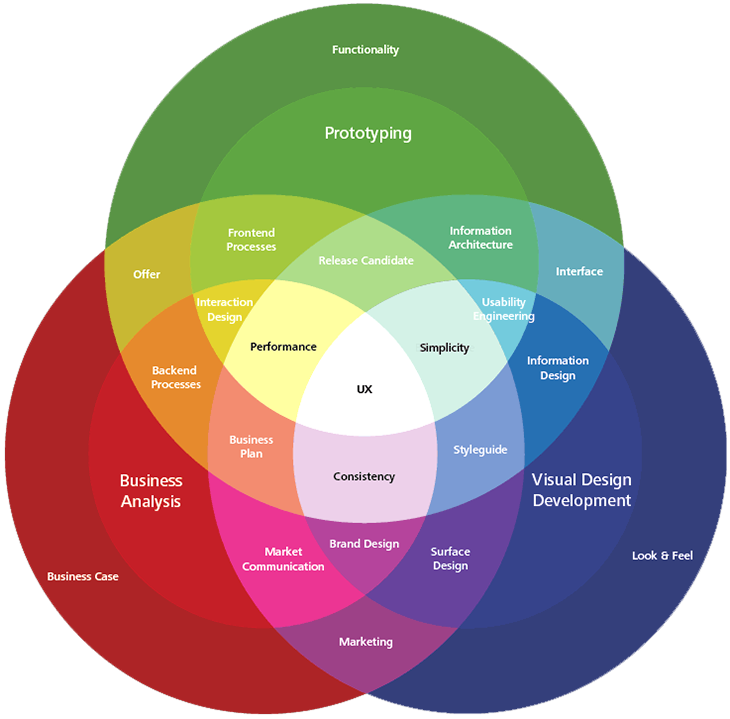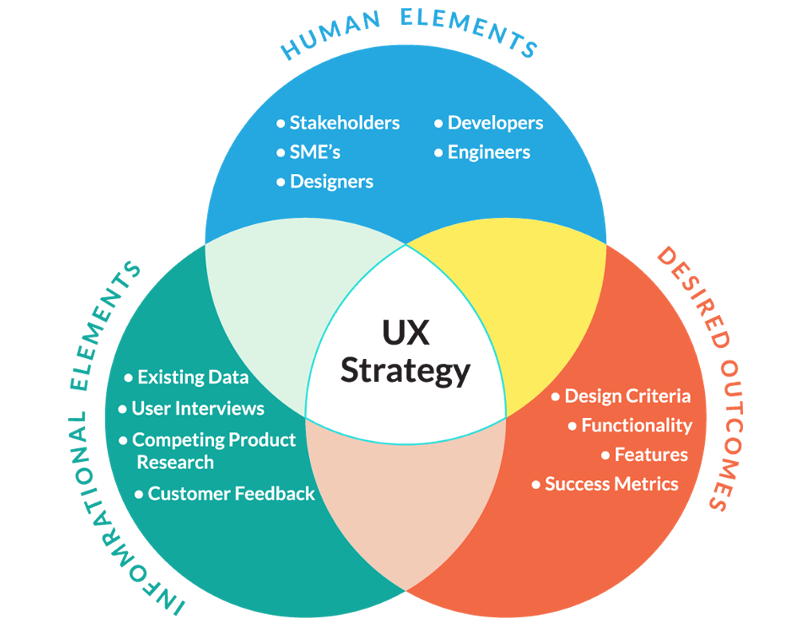Human-Oriented UX Design in the Modern Digital Space
Human-Oriented UX Design in the Modern Digital Space
Human-oriented UX design is not a trend, but an urgent necessity of the modern world.
Regardless of a field or industry, products are required to be human-centric. People don’t care about a design that doesn’t care about people. In harsh market conditions where everybody strives to win a few more seconds of the customer attention, design plays an exceptional role.
Today, the majority think from a perspective of the digital era. Our lives are going online. At least most of us. We’re not talking about the escape from reality, but about the ordinary state of things. From a voice-controlled coffee machine and lighting controlled via a mobile app to smart electric vehicles — our lives can be fully digitized and automated sooner than you might imagine. A massive part of our everyday is continuing in social networks, mobile applications, and productivity platforms. The business is going online too.
To make your website or mobile app stand out from the crowd of elegant and amazingly beautiful digital user experiences, you need to create something that feels like the continuation of the human mind. Something very intuitive. Here I’m talking about the power and necessity of human-oriented UX design in the modern digital space.
Know whom you’re creating for
The first step to creating a human-centered user experience design is to start in-depth user persona research. Do you know who your target users are? What do they like? What do they prefer? What day-to-day tasks are they obliged to perform? What are their goals, dreams, and desires?
You might say that information like “desires” or “dreams” is impossible to research. Here we are going to contradict it. Have you ever heard about field research? It implies the collection of raw data outside a laboratory, library, or workplace setting. We suggest considering social media, real user surveys, and interviews with focus groups as your “field” of investigation.

Google Analytics and other similar resources can provide sufficient information about your users to create a good design. However, to create an excellent human-oriented UX design for web or mobile, you need more research. Have you already defined who your users are? What are their average demographics, location, job position, family status, interests, events they attend, and preferences? Besides this information, you can obtain a more “subtle” data by investigating their profiles on social media or interviewing real people from your focus group.
In such a way, you can get insights like their primary goals, the craziest desires, and the most significant values. It will help you better understand what kind of person you’re creating the design for. Moreover, it will help you come up with ideas about in-app animations, user onboarding videos, and UI illustrations that improve UX, spice up your design, and reflect the user’s personality.
Create meaningful experiences through problem-solving
So, you have already know your user persona in the face. You’ve collected all the necessary information to see the ultimate image of an average person from your target audience with the eyes closed, just using your imagination. You know their needs and desires.
Now, it’s time to conduct detailed user problem-research. You know your people, so it’s now must be easier to determine and understand their problems. What issues do they face on a daily basis? In problem investigation, there are no small or big problems. There only core problems and their symptoms. Regardless of the problem “size” and “significance,” if there are problems your target audience meets every day — you need to develop a solution that solves them. It’s one of the most important things that makes a product successful and your brand admired by a target audience.
When investigating your user problems, differentiate a core problem and its symptoms. The main task of user experience designers is to define a core user problem since, through solving it, you will eliminate problem symptoms too.
The most popular and effective methods to determine user problems are the next:
- Email surveys
- Interviews with real users
- Field studies (imply that researchers investigate target users in their natural environment where they are most likely to face a problem, which your product is expected to solve).
- Focus group (a group of 3-12 target users who are led through a discussion about different topics, problems they face, and so on)
- Usability benchmarking (thoroughly scripted usability research that is conducted with several persons, using precise measures of performance)
- Moderated remote usability studies (usability studies conducted with the help of screen-sharing, session-recording software, or other remote control capabilities)
- Camera studies (users are given a tool that allows them to record aspects of their lives, in which they are supposed to use your product the most often, and describe what they commonly need to solve their problems)
- Customer feedback (open-ended or close-ended data collected from the web or mobile app users through a feedback link, button, form, or email)
- Clickstream analysis (usually means researching the record of screens or web pages users click on and see when using a product; this method requires your website to be equipped with specific research and recording tools).

Predict scenarios of the user behavior
Try to predict possible scenarios of user behavior with your product. In which context will they use it? When and where? What problems may they encounter, and in which cases? Forecast the best and the worst scenarios of the user experience to come in readiness to eliminate and smooth any product infelicity.
By modeling the worst-case scenarios, you can also predefine your brand’s response to critical situations. If the user faces a specific type of issue with your product, you can prepare a solution to it or include a smoothing UI design element at a certain step of a journey. For example, you can display a short user guide on how to solve this problem or a funny illustration or GIF that asks the user about forgiveness and suggests repeating the aimed action later.
Creating scenarios is one of the most helpful UX design practices because it allows you to be a step ahead of the negative user experience and eliminate it or at least, soothe it at its root. It also helps you notice important details about what the user feels and experiences with a final product.
Create a prototype and test
Now, it’s time to create a prototype based on what you’ve learned about your target users, their problems, and behavioral scenarios. Implement all use cases in a working prototype that looks like a final product.
With all data collected previously, it will require minimal effort for you to design a product prototype. It will help you check different hypotheses or scenarios and conduct user tests to create an even better user experience.
Have you probably thought that it’s the end of this guide on how to create a human-centered design? You’re almost right! It just includes one more and the last point: testing, testing, and testing once again. A genuinely human-oriented approach means continuous user testing, thousand of iterations, and improvements.
Does it sound like a nightmare for UX designers? I guess that yes. However, a human-oriented design is worth it. Even today, in the digital era of technology disruptions, it’s so difficult to find a really human-centered design. So, you have a wonderful opportunity to be the first in your niche to offer a product with a hyper-intuitive user experience design that builds human connections with your target audience.
Hire ThePixel to build your next website!
Since our founding in 2008, we’ve created and launched many types of business websites. Over the last decade and we’ve learned a thing or two! That’s why we’re masters of our craft, let us help you build the website of your dreams – one that generates traffic, leads and conversions.
Are you ready to start? If yes, contact ThePixel and one of our representatives will guide you through the website phases and how the process works either by a Zoom Meeting or phone.

